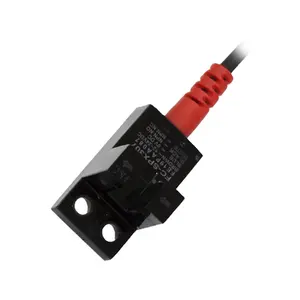

Fast Response Excellent Signal Stability Oxygen Gas Sensor OOM201


IBEST M18 10M NPN PNP dc 5V 12V 24V Waterproof Infrared Security Through Beam Break Photoelectric Photocell Photo Switch Sensor






















The realm of automation and electronic control systems is vast, and at its core lies a critical component: the photoelectric sensor 5V. This category encompasses devices designed to detect and respond to visual inputs, converting them into electrical signals. These sensors are pivotal in various applications, from simple everyday gadgets to complex industrial machinery.
There are multiple types of 5V photoelectric sensors, each tailored for specific functions. These include through-beam sensors, reflective sensors, and diffused beam sensors. Despite their differences, they share a common trait: the ability to operate at a 5-volt power supply, making them compatible with numerous electronic devices. Their features often include a compact design, low power consumption, and the ability to detect a wide range of materials.
The versatility of photoelectric sensor 5V units allows for their use in a multitude of settings. In the industrial sector, they are integral to assembly lines for object detection and quality control. In consumer electronics, they contribute to the functionality of household appliances. The medical field utilizes these sensors in diagnostic equipment, while the automotive industry incorporates them into safety and navigation systems.
Constructed from durable materials like plastics and metals, 5v photoelectric sensors are built to withstand various environmental conditions. Their robustness is an advantage in industrial environments where they may be exposed to dust, moisture, and mechanical stress. Additionally, their swift response time and accuracy provide an edge in processes where precision is paramount.
Innovation in photoelectric sensor 5V technology has expanded their capabilities, particularly in the field of IoT. These sensors are now integral in smart devices, enabling them to interact with their environment in real-time. This has opened up new possibilities in home automation, energy management, and even smart city infrastructure.
In conclusion, the photoelectric sensor 5V is a small yet powerful tool that plays a significant role in the advancement of various technological fields. Its ability to quickly and accurately detect physical presence makes it indispensable in the modern world of automation and smart technology.